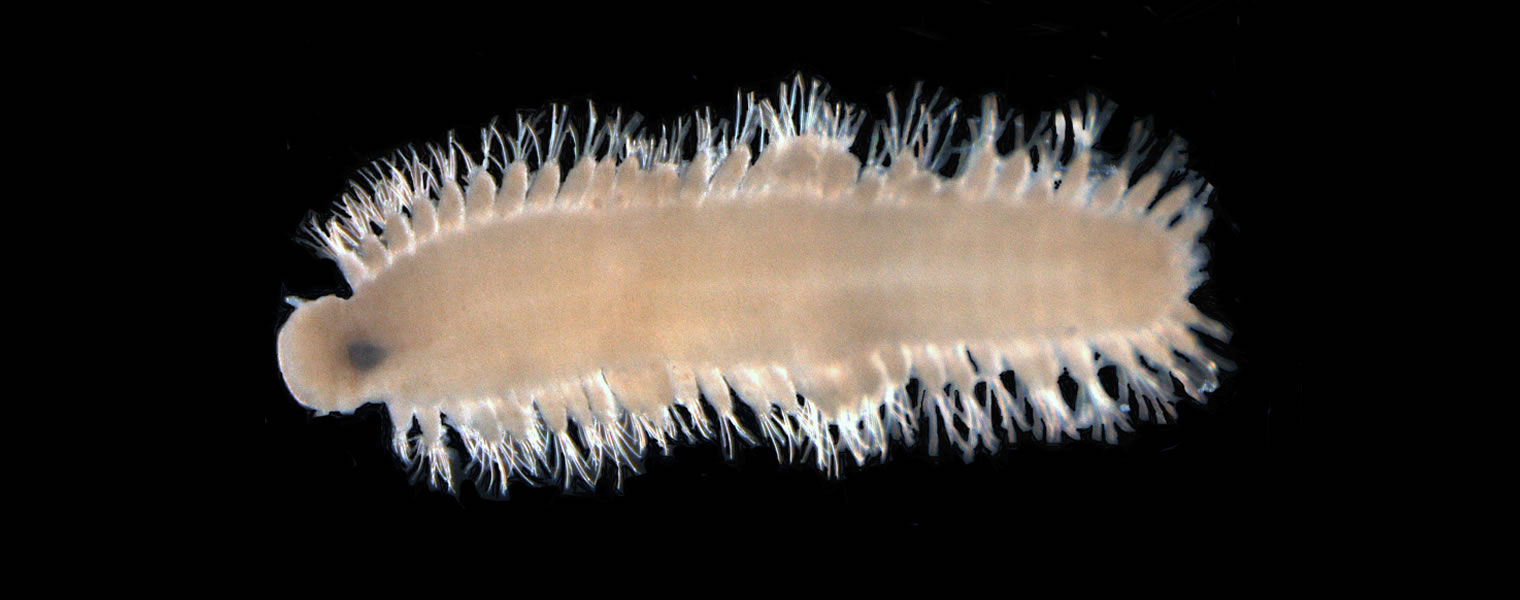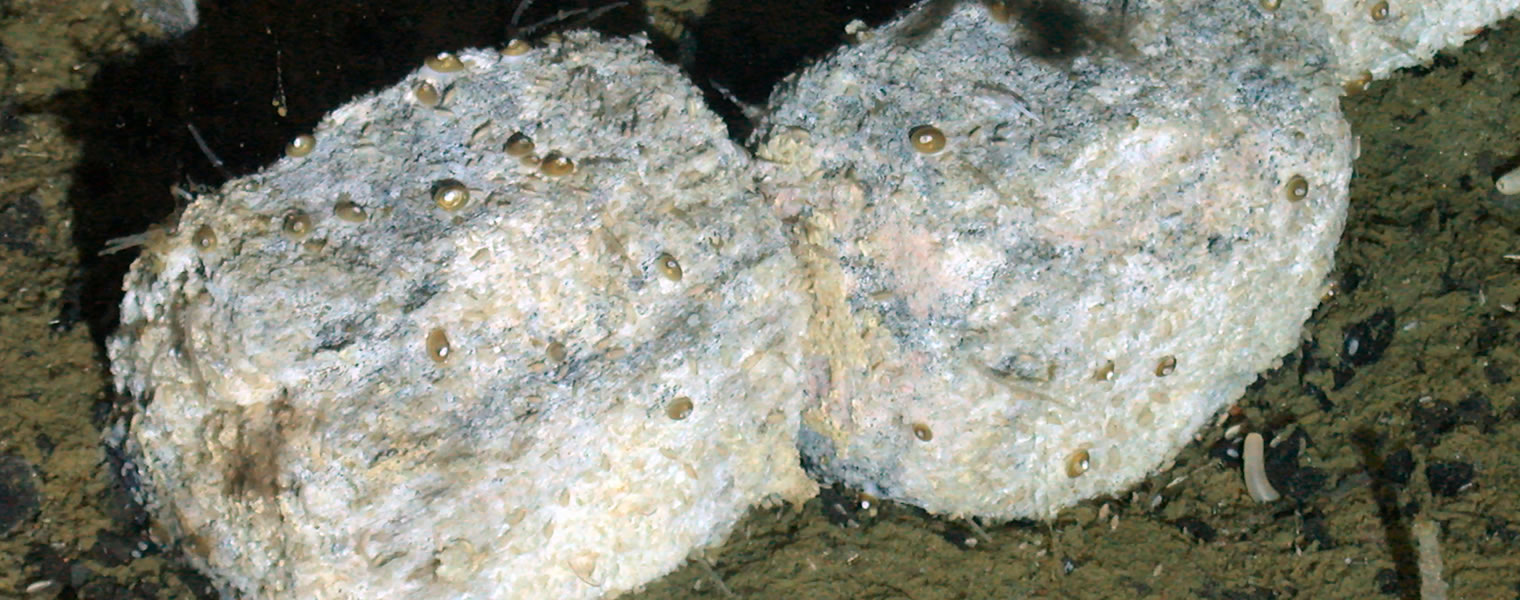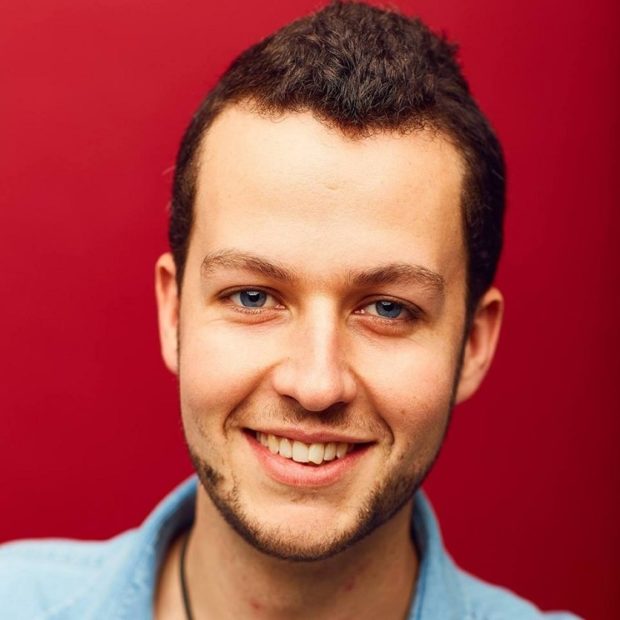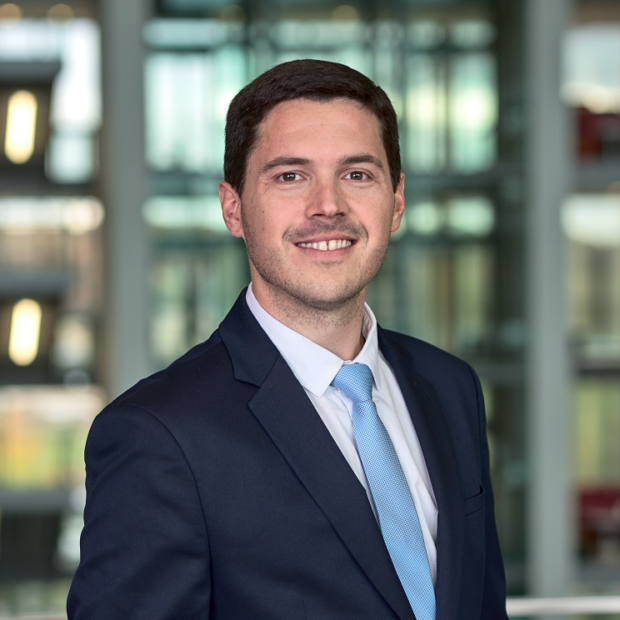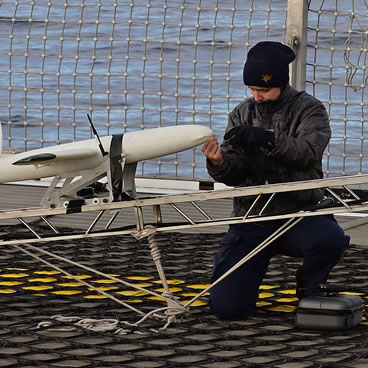Hartley News Online Your alumni and supporter magazine
Dr Diva Amon (MSc Marine Biology, 2009; PhD Ocean and Earth Science, 2013) is a postdoctoral research fellow at the University of Hawaii at Manoa. She talks to Southampton Connects about exploring the ocean and the thrill of diving to depths of 2.5km to identify new species.
What made you choose the degree you studied?
Growing up in the Caribbean, I was never exposed to deep-sea science so when I took Professor Paul Tyler’s deep-sea biology class during my masters at Southampton, I was instantly hooked. Everyone wants to grow up to be an explorer at some point in their childhood and I was no different. So when Professor Tyler mentioned that the deep ocean, the world’s largest habitat, was mostly unknown, I knew I wanted to do a PhD and become a deep-sea biologist.
What made you choose to study at the University of Southampton?
Southampton is one of the best universities in the UK for marine science, the leader in deep-sea science and home to a suite of great tools such as the UK remotely operated vehicle (ROV), Isis.
But the main reasons for me to choose Southampton were that there was a great PhD project being offered jointly with the Natural History Museum in London, and I was offered a Graduate School of the National Oceanography Centre Southampton (GSNOCS) scholarship. As an international student, this made doing my PhD a possibility.
What did you enjoy most about your degree?
Splitting my time between the National Oceanography Centre Southampton and the Natural History Museum in London as I was able to get the experience of working at two very different institutions.
How did your studies and experience at Southampton shape your future?
At Southampton, I developed most of the important skills needed for a research career in marine science: lab skills, fieldwork-at-sea experience, analytical and communication skills, as well as managing my time and thinking independently and creatively.
I had two great supervisors that passed lots of great opportunities my way as well as nurtured me professionally. Also being affiliated with two research institutions meant that I had a large professional network, which was of great assistance when I was looking for postdoctoral positions.
Where do you work now and what is your current role?
Since September 2013, I’ve been a postdoctoral researcher at the University of Hawaii at Manoa, as well as the Assistant Project Manager of the ABYSSLINE project. As a researcher, I am investigating the megafaunal community (large animals) that inhabits the Clarion-Clipperton Zone in the Pacific Ocean. This is an area where deep-sea mining for polymetallic nodules could take place in the next decade or so. It is also somewhere that we know very little about biologically. I am responsible for the coordination of the international network of ABYSSLINE scientists. This includes: managing cruise and meeting logistics, as well as facilitating communication channels and collaboration between multiple stakeholders including industry, policymakers, and scientists.
What makes your current role unique?
As deep-sea mining is a new issue, there are few other projects doing the research that we are, which can be daunting but also very exciting! The area of the Pacific that I work in is also relatively unexplored, so we are discovering lots of new species using cutting-edge ocean technology like autonomous underwater vehicles (AUVs), ROVs and landers. This project, which I am very lucky to be a part of, will help to inform the management of a very vulnerable area of our planet.
What are you most proud of?
During my PhD, my Southampton supervisor, Dr Jon Copley, had a collaborative project with the Japan Agency for Marine-Earth Science and Technology (JAMSTEC) working on hydrothermal vents in the Cayman Trench. This allowed myself and another PhD student to take part in an expedition on the Research Vessel Yokosuka for three weeks in the Caribbean.
I got the opportunity to dive down to 2.5km depth in the submersible, Shinkai 6500, at the Cayman hydrothermal vents. This was one of the best experiences of my life! Actually being down there and seeing everything with your own eyes, rather than through the cameras of an ROV, was unforgettable and fantastic beyond words.
What advice would you give to a student starting their degree at Southampton?
Seize every opportunity that may come your way, professionally and otherwise. There will be many and some of these could end up changing the course of your life for the better. Also, join a sports team or club. This is a great way to make friends, get exercise and stay sane when the PhD gets stressful.
What tips would you give to current students looking to start a career in your sector?
Get as much experience as you can, whether it’s doing beach clean ups or volunteering at your local nature centre. Also keep an eye out for internships at museums and other great institutions. This can help you get a handle on what you may actually want to do when the time comes to decide on research projects. Keep abreast of issues in your field – social media can be a great tool for doing this as well as networking with the scientists that use it.
http://caribbeangirlswhoblog.com/31-caribbean-women-to-watch/
@DivaAmon
